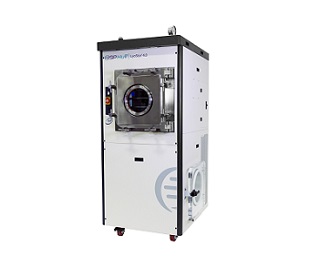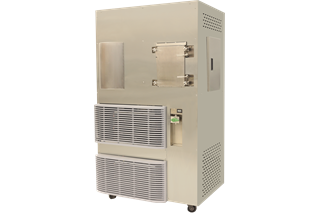生命科學
+
材料
+
制藥
+


樣品前處理
+
環境
+
生物化學
+
化工
+
石油化工
+
實驗室
+
Vaccination prevents millions of deaths from infectious diseases per year; however, there are still millions of people who die from these diseases due to weak thermostability demanding cold chains, long-term stability issues and distribution challenges. All these limitations can be overcome by creating a dry product through lyophilization. With the urgency to develop a coronavirus vaccine, it is a crucial time to discuss the process of freeze-drying vaccines.
Recently, Ms. Julia Kosan, a PhD candidate from Friedrich Alexander University, Erlangen, Germany presented a webinar that discussed the suitability of freeze-drying vaccines to increase their thermostability. This tech note summarizes the webinar and includes a selection of questions from the Q&A session.














